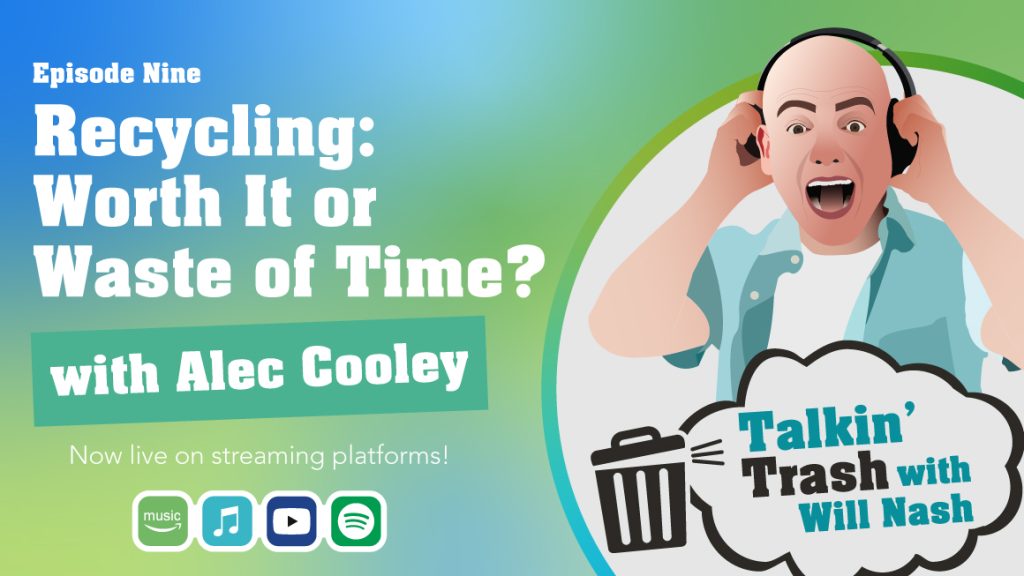Executive Summary
Youngstown State University began using Busch containers is 2006/2007. This case study will examine how these containers were used over the past four years. It will also look at how these recycling bins will help to achieve the recycling program goals set for 2010.
Background
Youngstown State University (YSU)
- Founded in 1908
- Started as an Urban Research Institute
- 14,600 students currently enrolled
- First recycling program started in 1990
Busch Systems International
- North American leader of waste, compost and recycling containers for the past 25 years
- Set the industry standard for the yearly production of new molded bins
- Each container is 100% recyclable and North America made with a minimum of 35% recycled content
Recycling Containers
- 8 Collection Carts (65 Gallon)
- 50 Recycling & Waste Pails (32 Gallon)
- 25 Better Than Stone Containers (45 Gallon)
- 300 Apartment Recycling Bins (6 Gallon)
Analysis
In the 2006/2007 academic year YSU began using Busch containers to enhance their recycling program. That same year Youngstown State became the first college or university in Ohio to compost food waste. The schools recycling program used Busch containers in event locations, athletic facilities, dining halls, parking lots and office/academic buildings. The goal was to help the school reduce their carbon footprint by collecting different recyclables campus wide including:
- Paper & Publications
- Mixed Beverage Containers
- Compost
- Cardboard
The new recycling bins made it faster and easier to collect these materials with such features as:
- Heavy-duty rubber wheels which make it easy to manoeuvre the Collection Carts
- Grip handles which make it easy to recollect the Recycling & Waste Pails into different special events
- Side hinges which makes it easy to open the Better Than Stone bin regardless of where it is located
- Durable handles and lightweight frame which makes it easy to collect and empty the Apartment Bins
The containers are also helping to achieve the universities current recycling goals. In 2006 the goal was expand on the type of recyclables which could be collected and the areas the containers could be placed. In 2010 some of the goals are to:
- Divert 700 tons of recyclables, reusable and compostable materials from landfills
- Achieve a 55% waste diversion rate
- Consolidate waste receptacles and recycling bins to create waste stations
- Expand the current composting program
With the goal of expanding their composting program in 2010 comes the need for more recycling bins. For this new containers could be used. Since 2006 Busch has expanded their product portfolio; introducing containers with improved features for collecting food waste. For example, the new Busch Kitchen Composter (KC5) would be a great addition to their composting program. It is compact and fitted with a carbon filter for better odour filtration.
Youngstown State has set a very ambitious diversion goal for 2010. Thankfully, all of Busch containers are custom designed to divert more materials away from waste baskets and into recycling bins. The containers are fitted with custom labels, openings and lids so that students can clearly and quickly see what the containers are collecting. This ensures that more materials end up recycled and sorted effectively; making the post-collection process easier. At YSU after the recyclables are collected they are:
- Transported to the Mahoning County Solid Waste District’s (MCSWD) Recycling Center
- At the center the recyclables are emptied into 4 yd, 10 yd and 20 yd dumpsters
- Once full, a waste hauler takes the dumpsters to a designated Materials Recovery Facility
- At the factory the materials are separated and prepared for reuse
Conclusion
Overall, the Busch containers have helped Youngstown State University achieve their recycling goals both in previous years and currently. The recycling bins are easy to use and collect, making it ideal for operators and the student body alike. What remains to be seen is how the upcoming changes to their program will shape the use of these containers.


